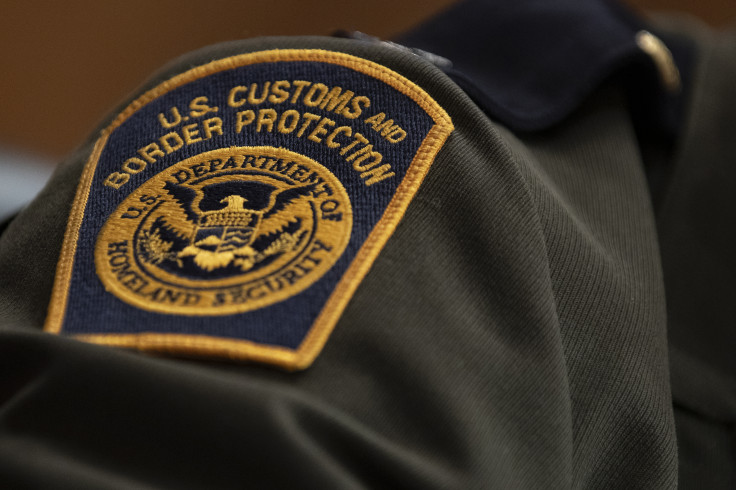
Customs and Border Protection (CBP) officers are reportedly looking for Air Jordan tattoos as potential identifiers of gang members. The family members of a migrant taken to a holding facility in Guantanamo Bay say that criteria was used to apprehend him even though he does not have any connection with gangs, expressing concern about his future and lack of communication with him.
Concretely, the family of Luis Alberto Castillo Rivera told Migrant Insider the 23-year-old man was taken to the Cuban enclave in early February. He had entered the country through a CBP One appointment, used during the Biden administration to handle lawful asylum requests, after leaving his native Venezuela years ago. He managed to get in on January 19, the day before President Donald Trump took office and promptly ended the program.
Rivera, however, was apprehended shortly after. He signed documents without understanding if he was being released or deported, telling his family he believed it was the former. He was nonetheless taken to Guantanamo Bay, with his tattoos a potential factor in the decision.
An audio recording obtained by the outlet showed Castillo Rivera conveying concern about the tattoos potentially leading to a designation as a gang member, which he said was not true. A relative of Castillo Rivera noted that such tattoos are common among young people and do not necessarily indicate gang membership.
Another tattoo linked with the gang is that of an owl. Earlier this year, a Venezuelan national accused in the December 30 murder of Mexican immigration agent Luis Alberto Olivas García was identified as a potential Tren de Aragua member.
Other reports have denounced that "low-risk" detainees are being sent to Guantanamo Bay despite the Trump administration saying that facilities there would be reserved only to the most dangerous criminals and suspected gang members.
As reported by CBS News, more low-risk migrants were expected to be transported on Feb. 12, alongside high-risk detainees. As government guidelines show, federal immigration authorities define low-risk detainees as migrants who face deportation because they are in the U.S. illegally but who have not been arrested or convicted of violent offenses or other serious crimes.
According to a testimony from a U.S. official to CBS News, the low-risk detainees have been placed in a barrack-like facility known as the Migrant Operations Center, which includes rooms with restrooms.
© 2025 Latin Times. All rights reserved. Do not reproduce without permission.





